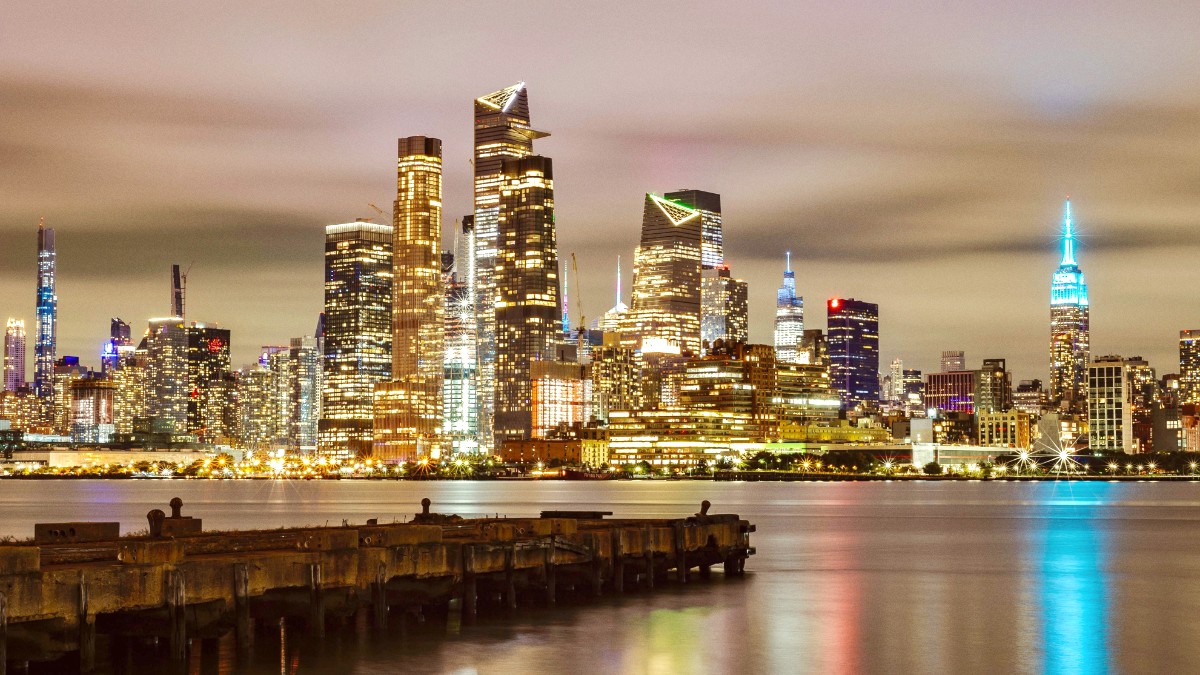
New York, USA
Public transit in the Hudson Valley mainly consists of county-level bus services and a commuter rail line.
Metro-North Railroad connects the region to New York City and river towns.
Metro-North tickets: station machines, windows, or MTA eTix app. Local buses: exact cash on board. Fares are zone-based for trains.
Detailed route maps on county transit websites. Hubs: Poughkeepsie, Beacon, Kingston, Newburgh.
Most Metro-North trains and larger stations are ADA-compliant. The majority of public transit buses are wheelchair accessible.
Available in larger towns, call for dispatch or find at stands.
Typically metered; confirm payment options with driver.
Uber and Lyft operate in larger towns; availability varies in rural areas.
Confirm driver details for ride-share, use licensed taxis.
Renting a vehicle offers the most flexibility for exploring the Hudson Valley.
No formal hop-on-hop-off services. Private companies offer guided tours to specific attractions (wineries, historic sites).
Aside from Newburgh-Beacon ferry, regular boat taxi services are not common. Scenic boat tours are recreational.
Hudson Valley does not feature cable cars, funiculars, or other unique transport systems found elsewhere.
The region follows the Americans with Disabilities Act (ADA) for accessibility.
A fully accessible pedestrian bridge with ramps and elevators.
Wheelchair & stroller friendly.
Spacious museum with accessible pathways and restrooms.
Art for all abilities.
Museum and grounds are generally accessible with ramps and elevators.
Historical access.
A rental car offers the most comprehensive way to explore the diverse attractions.
For city-to-city travel from NYC, Metro-North is a good option.